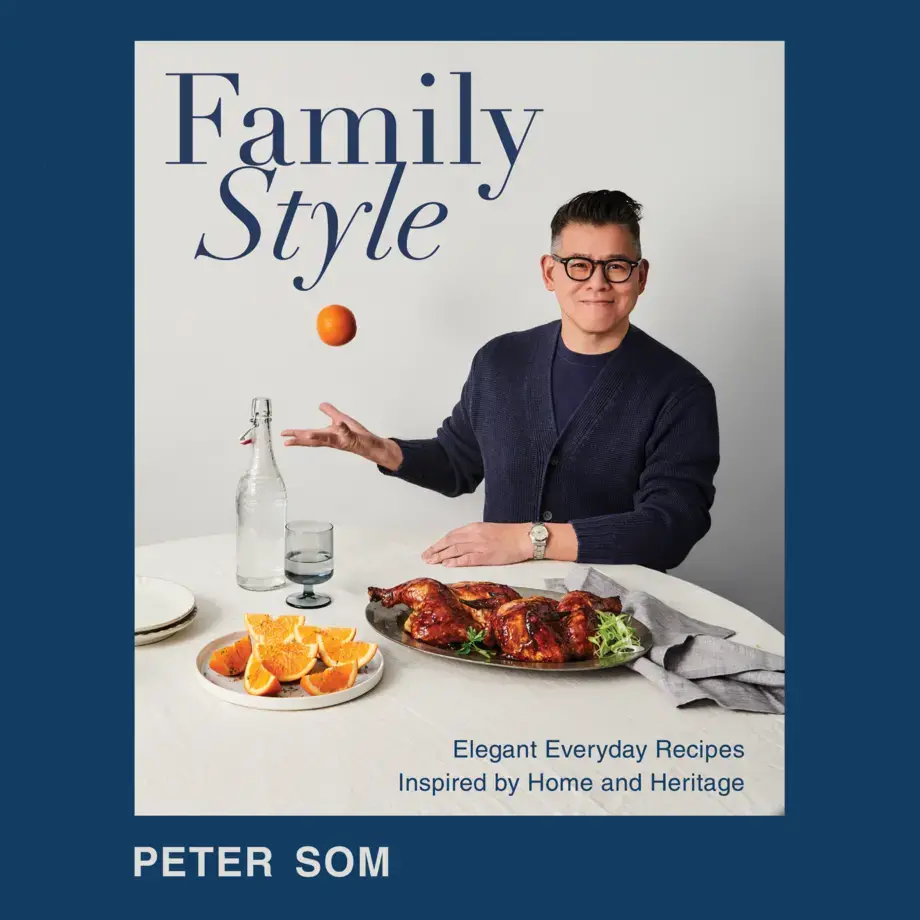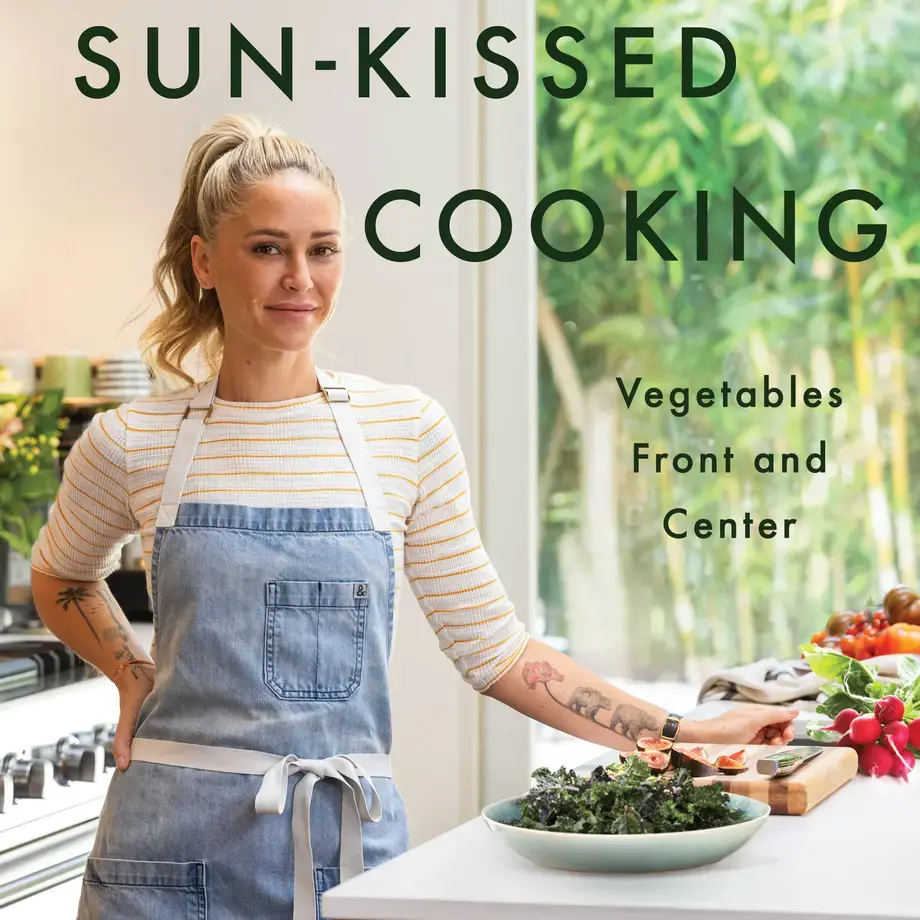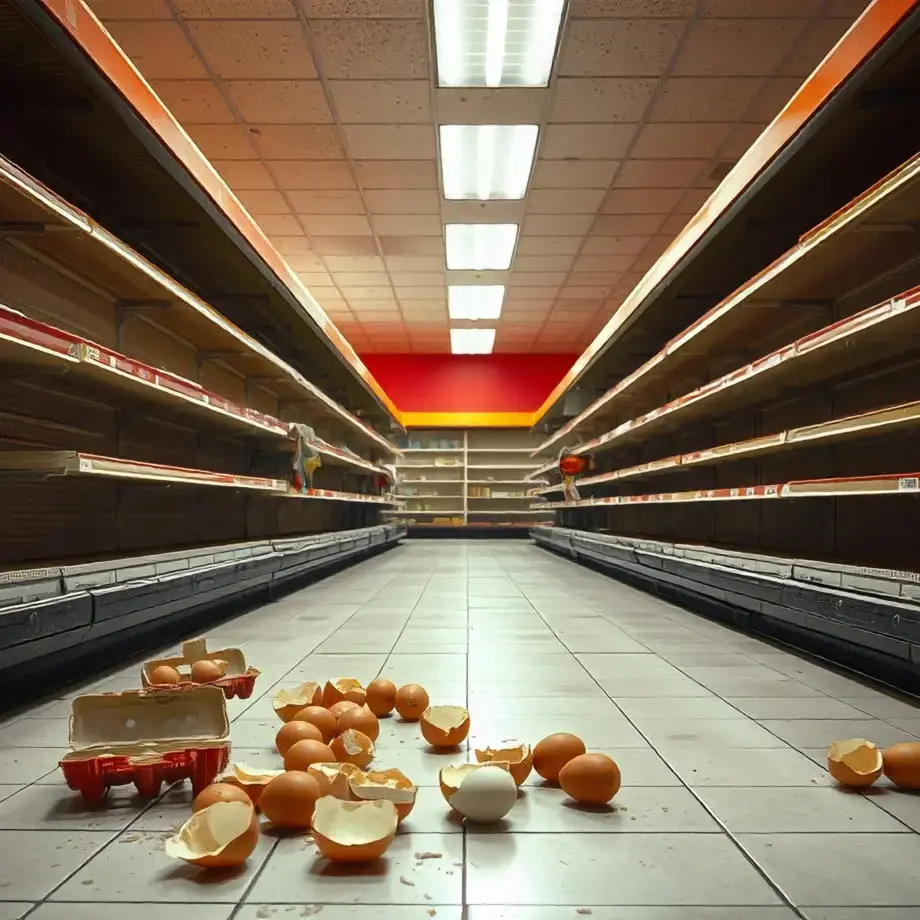The thermal cooking method involves bringing a pot of food to boil before transferring it to an insulated chamber. This ensures the food continues to cook while serving as its own source of heat.
History of thermal cooking
For most of human history thermal cooking looked very different to how we think of it today. Long before the invention of modern thermal cookers, people would use a box full of hay to insulate a pot inside. Pots would be brought to boil and placed in this haybox, where the food would finish cooking. This was highly efficient as it meant valuable fuel wasn’t wasted.
In the 1940s and 50s, commercial stoves often included a self-contained thermal cooker but they gradually fell out of favour as electricity became cheap and widely available. This made the need to save fuel less of a concern and other cooking methods were by now seen as quicker and more convenient.
But thermal cooking wasn’t over yet. The late 1970s saw the emergence of the Wonderbox – a bulky but fairly efficient insulator that was essentially a tub with a pillow inside. The many advantages of thermal cooking ensured R&D departments were kept busy improving convenience and efficiency into 1996, when the first modern stainless steel versions were launched in Japan.
How does a thermal cooker work?
A thermal cooker works by trapping heat inside the pot so the food continues cooking without an external heat source. Most modern thermal cookers not only trap heat but reflect infra-red heat back into the food. There are several advantages to this beyond keeping your utility bills down.
Firstly, food won’t overcook. It will also be better for you as the cooker traps all nutrients inside the food. There’ll be no release of grease, odour or smoke either, meaning a cleaner kitchen and less housework.
It also means food can cook in transport. With a thermal pot you can serve hot dishes at picnics or not worry about having to reheat the stew you brought to the pot-luck. It can also keep cold food cold, which is great news for ice cream.
Similar cooking methods and how they compare to thermal cooking
Like thermal cookers, pressure cookers are a way to save energy. But unlike thermal cookers, pressure cookers achieve these savings by accelerating the cooking process, since water boils at a much higher temperature at higher pressures. Pressure cookers do not have the advantage of being able to monitor your dish partway through the cooking process as you can with a thermal cooker, since this would break the pressure seal. A thermal cooker also will probably keep your food more moist and is a better choice for more quality cuts of meats than the bludgeoning heat of a pressure cooker.
Another cooking method that is similar to, but not to be confused with, thermal cooking is slow cooking. Slow cookers continually use energy to keep food at a constant temperature. This means they have to stay plugged in, so they are not as portable as a thermal cooker. Also, since the heating element of a slow cooker is always on, it is possible for the food in a slow cooker to dry out or even burn, which is not a scenario you have to worry about with a thermal cooker.
The best cooking methods to follow
Using modern thermal cookers is invariably easy. Simply prepare the ingredients and place them in the pot that came with the cooker.
Put the pot on the stove and cook for a short time. Then transfer the pot to the cooker. Close the lid of the cooker and leave it for as long as it needs. You may even be able to skip this step if your thermal cooker is an electric one.
Here are a few extra things to remember when it comes to mastering the thermal cooking method:
- Frozen ingredients will affect the temperature. Defrost them first.
- The longer you need to cook food, the more of it you will need to reach the maximum thermal mass. For example, you will not need to fill the pot when cooking rice, but you will for dry beans.
- When using your thermal cooker for a prolonged period, remember the safe temperature for hot food is above 60°C and cold food under 4°C.
- Thermal cookers may also be marketed as a thermal pot or even thermal rice cooker. This is because they’re especially popular in Asia for cooking rice.
Thermal cooker recipes
Thermal cookers are especially good for comfort foods. Here are two ideas to start with.
Thermal cooker pulled pork
The following recipe is adapted from JamieOliver.com for thermal cookers from The Baking Biatch.
Ingredients
- 1 kg pork shoulder
- 2 tbsp oil
- 1/2 yellow onion, diced
- 1 bulb garlic, crushed
- 1 thumb sized piece of ginger, grated
- 2 tsp Chinese five spice powder
- 1 cup (240ml) pomegranate juice
- 3 tbsp sugar
- 1/2 cup (120ml) plum sauce
Method
- Pat dry the pork shoulder and season with salt and pepper.
- Heat the oil in a pan on a medium heat and cook the pork until golden brown on both sides.
- Set the pork aside in your thermal cooking pot, but keep the pan hot on the stove.
- Add ¼ of the pomegranate juice to the pan and lower the heat.
- Stir the fond on the bottom of the pan into the juice.
- Add the garlic, ginger, onion, sugar and five spice.
- Stir well before mixing in the plum sauce.
- Cook for 3–5 minutes and add the rest of the pomegranate juice.
- Cook for another minute before pouring over the pork shoulder in the thermal cooking pot.
- Bring the pot to boil on the stove and cook for 2–3 minutes.
- Transfer the pot to the thermal cooker and leave overnight.
- Serve the next day in fresh white bloomer or brioche rolls with coleslaw or other salad.
Chinese chicken congee with dried scallops
This take on a Chinese breakfast classic originally appeared in the Souper Diaries.
Ingredients
- 150 g rice
- 5 cups of water (give or take depending on whether you like it thick of runny)
- 2 chicken legs, skin and fat removed
- 50 g small dried scallops soaked in 1 cup of water
- 10 g ginger, sliced
- 40 g ginger, julienned
- 5 spring onions, chopped
- 3 tsp fried shallots
- 2 tsp shallot oil (or other cooking oil)
Method
- Wash the rice then put it in the pot.
- Stir the oil and a little salt through and leave to sit for at least 10 minutes.
- Shred the dried scallops and add them to the pot with the water, including what the scallops were soaked in.
- Add the sliced ginger and chicken legs.
- Cover the pot and bring to boil before reducing the heat for 20 minutes.
- Transfer the pot to the thermal cooker and cook for two hours.
- Once cooked through, open the cooker and remove the chicken legs.
- Shred the meat into small slices and then stir it back into the congee.
- Season the congee with salt to taste.
- Serve in bowls and garnish with ginger, fried shallots and spring onions.
Discover more recipes and cooking techniques to help enhance your skills in the kitchen.








